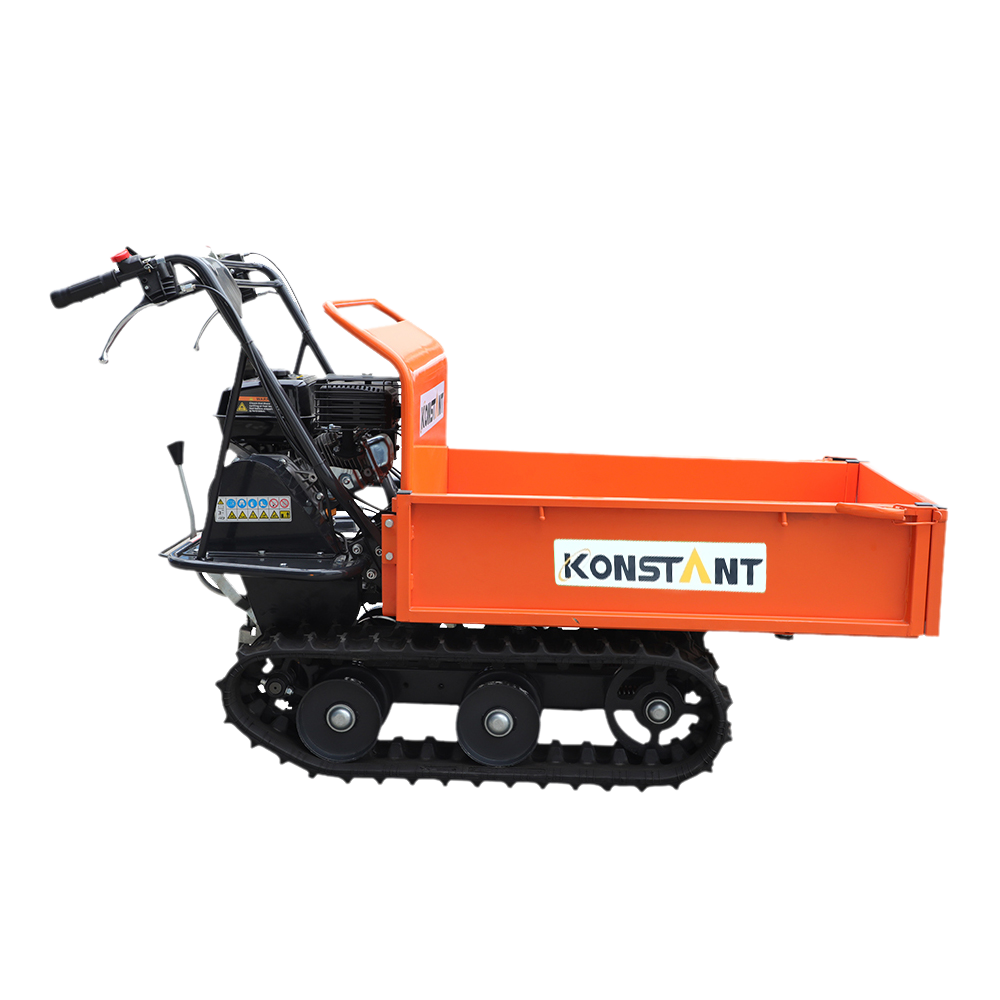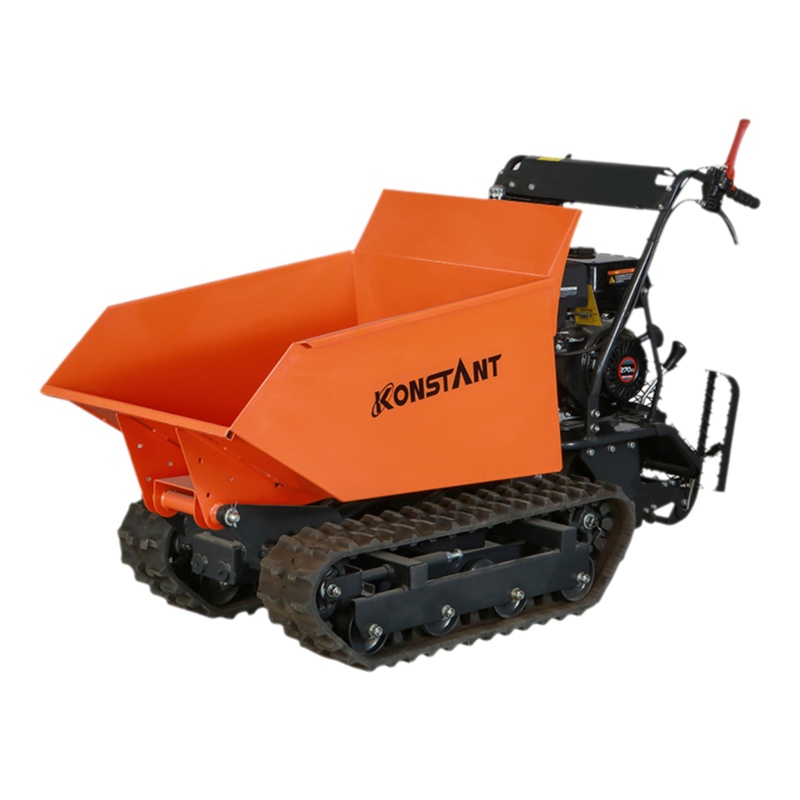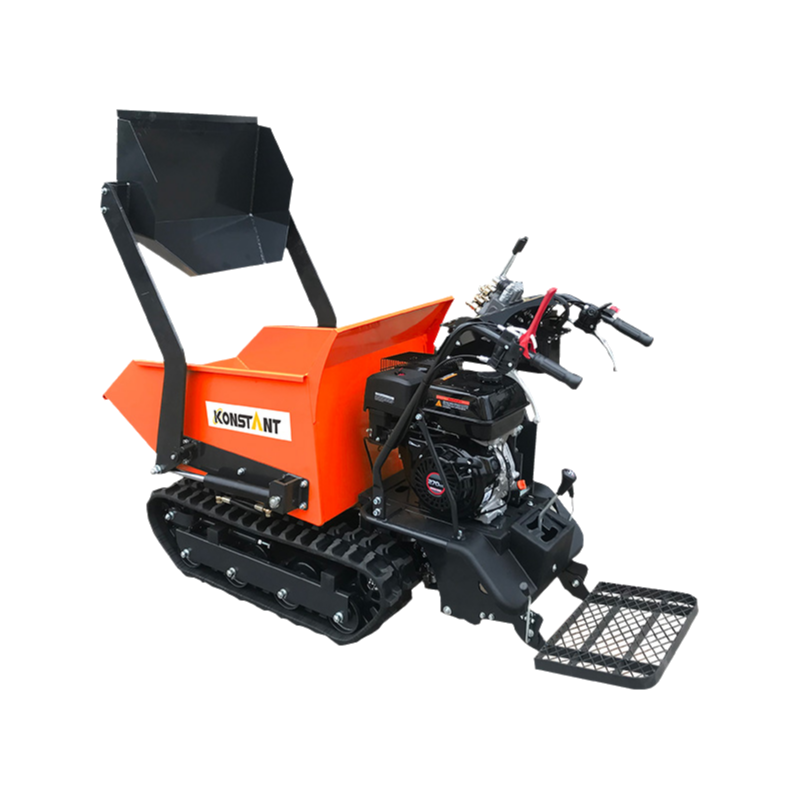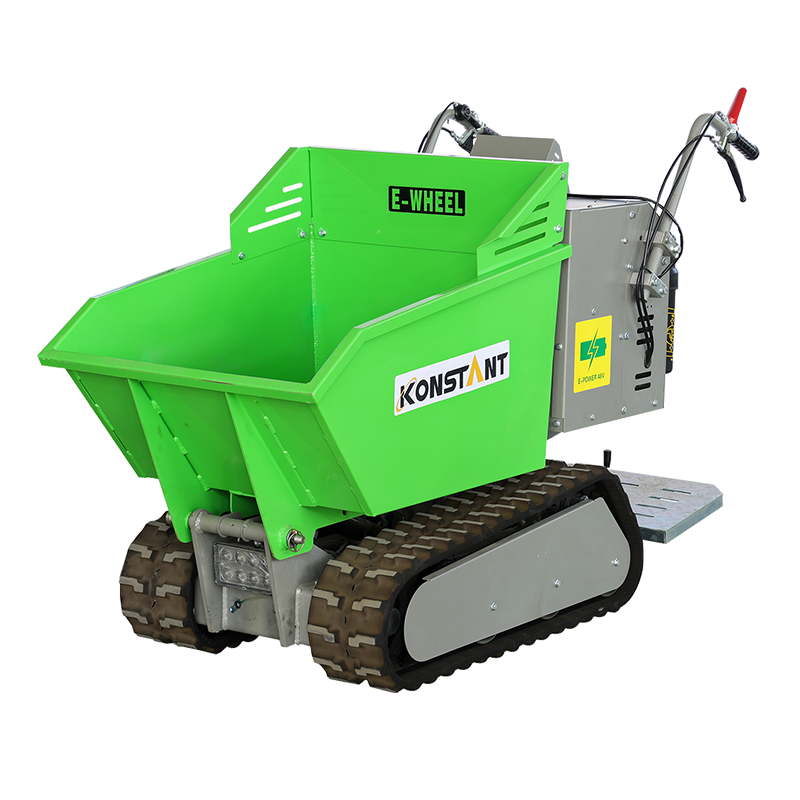Provide you with the latest enterprise and industry news
How Do Electric Garden Loaders Enhance Efficiency in Urban Landscaping Projects
Posted by Admin
Selecting the right Electric Garden Loader is essential for landscapers, gardeners, and property managers who require reliable equipment for moving soil, mulch, plants, and other materials. Understanding which features contribute to efficiency, safety, and versatility helps ensure that a loader meets operational needs while reducing strain on labor.
Key Considerations for Choosing an Electric Garden Loader
Several factors influence the performance and suitability of a loader in various gardening or landscaping tasks:
| Feature | Purpose | Benefit |
|---|---|---|
| Battery Efficiency | Provides energy for continuous work | Supports longer operation with minimal interruptions |
| Load Capacity | Determines the amount of material transported | Enables handling of moderate to heavy loads efficiently |
| Maneuverability | Ease of movement in tight spaces | Allows precise handling around plants or obstacles |
| Safety Mechanisms | Prevents accidents during operation | Protects operators and materials from damage |
| Attachment Options | Allows different implements | Enhances flexibility for digging, lifting, or transporting |
Efficiency and Labor Reduction
Electric loaders minimize manual lifting and repetitive movements, which can reduce operator fatigue. The ability to transport materials quickly contributes to smoother workflow on larger projects, from private gardens to public landscaping sites.
Safety Features to Prioritize
Modern loaders incorporate features such as automatic brakes, overload protection, and stability controls. These components help prevent tipping or accidental spills, maintaining a safe working environment for both operators and nearby workers.
Flexibility and Adaptability
Equipment that supports various attachments—such as buckets, forks, or spreaders—allows a single loader to perform multiple tasks. Versatile models can adapt to seasonal requirements or changing project scopes, reducing the need for multiple specialized machines.
Maintenance and Longevity
Regular inspection and preventive maintenance are crucial for maintaining smooth operation. Check battery health, tire or track condition, and hydraulic or mechanical systems. Proper upkeep ensures that the loader remains reliable over its operational lifespan while maintaining energy efficiency.
Choosing an Electric Garden Loader involves balancing energy use, load capacity, maneuverability, safety, and adaptability. By understanding the important features and maintaining equipment properly, landscapers and garden professionals can improve productivity, reduce labor strain, and support consistent project quality. Selecting the right loader allows teams to operate efficiently across diverse environments while ensuring safe handling of materials.
How Can an Electric Garden Loader Reduce Labor and Boost Productivity
Integrating an Electric Garden Loader into landscaping or garden maintenance operations can significantly reduce the physical demands on workers while improving project efficiency. By mechanizing material transport and handling, operators spend less time lifting, carrying, or moving heavy loads manually, allowing teams to focus on precision tasks and overall workflow management.
Reducing Physical Strain for Operators
Manual transport of soil, mulch, plants, or tools can be physically demanding, especially over long periods. An electric loader supports the lifting and movement of materials, which decreases fatigue and lowers the risk of work-related injuries. Workers can maintain steady performance throughout the day, which indirectly boosts productivity and reduces downtime.
Streamlining Material Handling
By incorporating continuous transport capabilities, an electric loader enables faster movement of materials between storage areas, planting sites, or compost piles. This streamlined workflow prevents bottlenecks and allows multiple tasks to proceed simultaneously, increasing the overall efficiency of garden or landscaping operations.
Versatile Applications
Electric loaders are adaptable for a variety of projects. Features like interchangeable attachments or adjustable carrying mechanisms allow operators to switch between tasks such as lifting, spreading, or loading materials. This versatility reduces the need for additional equipment and helps maintain consistent progress across different job types.
Workflows
Modern electric loaders can integrate easily into existing garden and landscape operations. Assigning repetitive tasks such as transporting bulk materials to the loader enables human resources to focus on planting, pruning, or decorative work. Efficient task allocation supports smoother project timelines and helps teams meet deadlines without overexertion.
Environmental and Operational Considerations
Electric loaders produce no direct emissions, making them suitable for indoor nurseries or enclosed garden facilities. Their quiet operation reduces noise-related disruptions and enhances safety for workers and visitors. Additionally, efficient energy use contributes to cost-effective operation over the machine's lifespan.
Maintenance and Longevity
Routine checks and preventive maintenance are key to sustained performance. Ensuring battery health, checking moving parts, and cleaning debris from critical systems prolongs operational life and keeps the loader reliable for daily tasks. A well-maintained machine reduces unplanned interruptions and supports long-term labor efficiency.
An Electric Garden Loader is an essential tool for modern landscaping and garden management. By reducing physical strain, enabling faster material handling, and supporting versatile applications, it enhances workforce efficiency and productivity. Proper operation and maintenance further ensure reliable performance across diverse projects, making daily tasks safer, quicker, and more organized.
Why Are Electric Garden Loaders Gaining Traction in Urban Landscaping Projects
Urban landscaping projects face unique challenges, from limited space to tight schedules and environmental restrictions. Electric Garden Loaders are increasingly adopted because they address these challenges by combining compact design, ease of use, and efficient material handling. These machines allow crews to work in dense urban settings without compromising productivity or safety.
Space-Saving Design
Urban environments often restrict the movement of large machinery. Electric loaders feature compact dimensions, enabling operators to maneuver between pathways, planters, and small garden plots. This design advantage minimizes congestion and allows more precise placement of soil, mulch, and plants in confined areas.
Noise and Emission Considerations
Electric-powered systems produce minimal noise compared to conventional combustion-powered equipment, making them suitable for residential neighborhoods, parks, and commercial landscapes. They also generate no direct emissions, supporting eco-friendly initiatives and regulatory compliance in cities with strict environmental standards.
Improved Labor Efficiency
By mechanizing material transport, these loaders reduce the number of staff required for heavy lifting and repetitive tasks. Operators can redistribute their time to detail-oriented work, such as planting or decorative arrangements, which enhances overall project efficiency and quality.
Versatility Across Urban Projects
Electric loaders are adaptable to various tasks, including soil transport, compost spreading, and container handling. Adjustable carrying mechanisms and optional attachments allow crews to perform multiple jobs with a single machine, minimizing the need for additional equipment on-site.
Maintenance and Reliability
Routine inspection and care of the machine's battery system, moving parts, and safety features ensure consistent operation. Well-maintained electric loaders reduce the risk of downtime, which is crucial in fast-paced urban projects where schedule adherence is critical.
Supporting Sustainable Urban Landscaping
Sustainability is a priority in modern city planning. Electric loaders contribute by reducing energy consumption, limiting noise pollution, and minimizing soil disturbance. They provide a cleaner, safer, and more efficient alternative to traditional manual or fuel-powered equipment.
The adoption of Electric Garden Loaders in urban landscaping continues to rise due to their compact design, quiet operation, and ability to enhance workforce efficiency. By addressing environmental and operational challenges, these machines support safer, faster, and more sustainable urban projects, helping crews maintain high-quality results with fewer resources.
Content
- 0.1 Key Considerations for Choosing an Electric Garden Loader
- 0.2 Efficiency and Labor Reduction
- 0.3 Safety Features to Prioritize
- 0.4 Flexibility and Adaptability
- 0.5 Maintenance and Longevity
- 1 How Can an Electric Garden Loader Reduce Labor and Boost Productivity
- 2 Why Are Electric Garden Loaders Gaining Traction in Urban Landscaping Projects

 English
English русский
русский Français
Français Español
Español Deutsch
Deutsch















